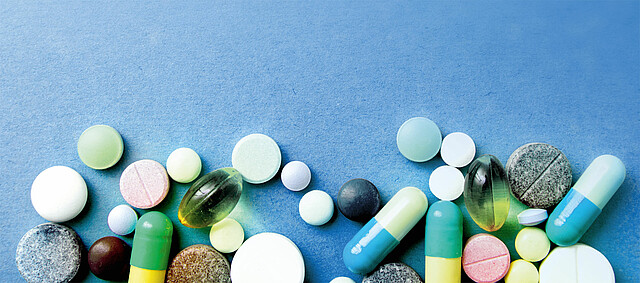Sterile zone
That is what ISO 16890 means for the pharmaceutical industry
In the production of medical active ingredients, hygiene has the highest priority. Air quality is a decisive factor in this area. The ISO 16890 test standard makes it easier for manufacturers to precisely tailor filtration systems to their requirements.
For pharmaceutical manufacturers, contamination of drugs would be a disaster. The reliable separation of particles, spores and harmful germs from the ambient air is therefore an absolute must. ISO 16890 classifies filters according to particulate matter classes PM1, PM2,5 and PM10 as well as coarse dust (ISO coarse) and provides information on their true filtration behavior along the entire particle spectrum. The actual operating conditions are also given greater consideration.
Needs-based filtration thanks to ISO 16890
For system planners, this means that filters can be precisely matched to the process requirements. HVAC systems, air filters and air filter stages must be designed in such a way that contamination by microorganisms and harmful particles is completely excluded. From a hygiene perspective, the particle fractions PM10 and PM2,5 are more relevant than PM1. Filtration systems should therefore be designed to separate the ISO ePM2,5 spectrum as completely as possible.
Multi-stage systems for maximum safety and efficiency
When planning the system, the aim is to achieve the defined degree of efficiency as energy-efficiently as possible. In practice, multistage concepts consisting of matched filter elements are proving successful in the pharmaceutical industry. For example, two-stage prefiltration using pocket and cassette filters followed by a HEPA filter for the finest particles and germs. As a general rule, the ideal filtration solution is always individually tailored.
Learn more about ISO 16890











